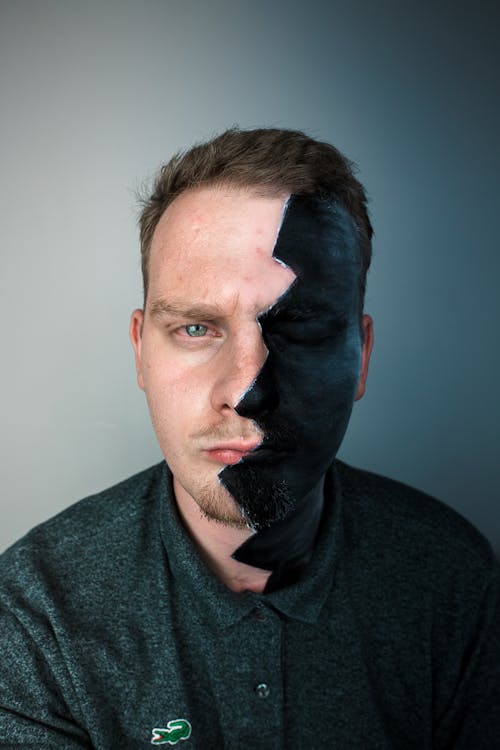Introduction
Colors have the power to evoke emotions and influence our perception of the world around us. In art, the use of color can greatly impact the mood and meaning of a piece, making it a critical component of the artistic process. This article will explore the psychological effects of colors in art and how they influence our emotions and perception.
1: The Psychological Properties of Colors
Each color has a unique psychological property that affects our emotions and perception. For example, red is often associated with passion, energy, and excitement, while blue is typically associated with calmness, trust, and stability.
The psychological properties of colors can also vary based on the cultural context in which they are used. For example, in Western cultures, white is often associated with purity and innocence, while in Eastern cultures, it is often associated with mourning and death.
2: The Use of Color in Art
Artists use color as a means of communicating emotions, moods, and ideas to their audience. Through the use of color, they are able to evoke specific emotions and convey meaning beyond the subject matter of the piece.
For example, a painting with warm colors such as red, orange, and yellow may evoke feelings of warmth and comfort, while a painting with cool colors such as blue and green may evoke feelings of calm and serenity. The use of bright, bold colors can convey energy and excitement, while the use of muted, pastel colors can convey a sense of calm and tranquility.
3: The Effect of Color on Perception
In addition to influencing our emotions, color also has a profound effect on our perception of the world around us. Color can alter the way we see form and space, creating the illusion of depth, distance, and movement.
For example, warm colors tend to advance towards the viewer, while cool colors tend to recede, creating the illusion of depth. The use of complementary colors, such as red and green or blue and orange, can also enhance the illusion of depth and create a sense of movement within a piece.
4: The Role of Color in Art Therapy
The psychological effects of color in art can also be harnessed in the field of art therapy. Through the use of color and artistic expression, individuals are able to explore and process their emotions, promoting healing and self-discovery.
In art therapy, clients are often asked to use color to express their feelings and emotions, which can then be used as a starting point for further exploration and reflection. The use of color can also help to break down barriers and promote communication, allowing individuals to connect with their emotions in a more profound and meaningful way.
Conclusion
In conclusion, color is a powerful tool in the world of art, and its psychological effects should not be underestimated. From evoking emotions and conveying meaning, to altering our perception of the world around us, color plays a critical role in the artistic process and has the power to impact our lives in meaningful ways. Whether in the realm of fine art or in the field of art therapy, the use of color continues to offer endless opportunities for creative expression and self-discovery.
![In the Know with Informium: Discovering [The World] In the Know with Informium: Discovering [The World]](https://blogger.googleusercontent.com/img/a/AVvXsEgcDyR0p1ytrjUEjbVNRJ1Rt66C4X1HYJkQZjuSh_BLJNHQVjppjSqTkcbP2tqgWZ84RhZMkFxCHCC-SxGuMPnSww7DG8x0MVE6d7sDvaEGkbPJuvtq_uY2i7hHDjuprQUzeDt2QcAcWChEFl49Huojm3fLHYpSjoXabD75WmhgSI2yfCktm3WuB86PMQ=s150)
